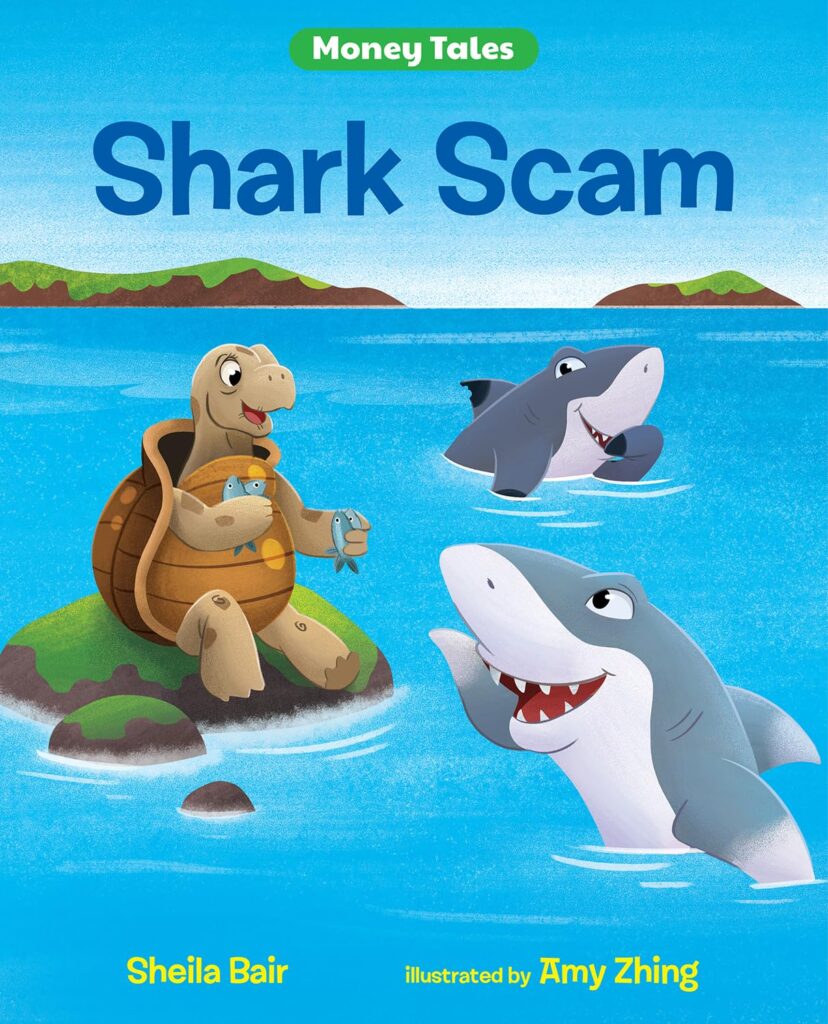
Content Partner
Grades 3-5

Don't have an account yet? Sign up for free
Don't have an account yet? Sign up for free


Through the use of folk tales, history, and the students’ own experiences, students will recognize the inter-relatedness of goods, services, money. They will locate information about barter as a means of trade, use folk tales as an historical instrument.
Teacher may wish to read or make copies of The Wampum Bird folktale before the children's lesson starts.
In this lesson students will:

Helpful prerequisites
Students will need some experience opening Internet sites.
Students will need familiarity with definitions for these vocabulary words:
goods, services, trade, currency.
Wampum History and Background provides helpful background information for the teacher.
MAKE BRIEF RECORDS OF THE EXAMPLES ON CHART PAPER OR CHALKBOARD.
Ask/discuss how people long ago acquired goods and services without coins or currency. Note which student ideas are examples of barter and which use a medium of exchange (money). Point out that money can be more than coins and currency.

Read and discuss with the students.
Discuss the pictures and uses of wampum.
From this lesson we can conclude that money may or may not be found in a trade, and that trades may or may not be fair to all traders.
Construct strings of wampum with purple and white construction paper. Cut 8" long slender triangles with a 3/4" to 1" base. Roll around a pencil to start. Tighten a bit, but leave space for yarn to pass through the "bead". Glue in place. String the paper beads on a piece of yarn. Students should share the string of wampum at home. Challenge boys and girls to tell families one idea (learned from the lesson) for each bead on their string of wampum.

Content Partner
Grades 3-5

Grades K-2, 3-5

Content Partner
Grades 6-8, 9-12

Grades K-2, 3-5
